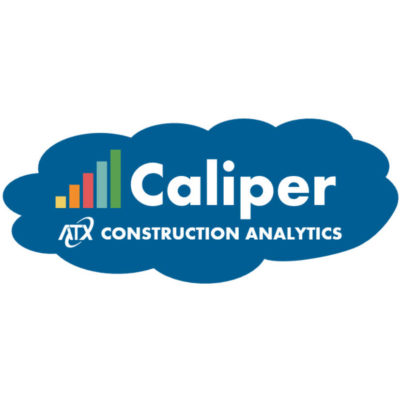When Brendan and I started ATX in 2013, we had a vision for filling what we perceived to be a critical need in the marketplace - a business-focused technology consultancy that allowed emerging middle market companies to compete with larger industry peers.
As we reflect back on the past 10 years, we will be sharing insights learned along each year of our journey. This post is part six of a ten post blog series highlighting lessons learned each year at ATX.
2018 - Creating Lasting Value Through Continuous Improvement
In our year five post, I spoke about how strategic planning allowed us to sharpen our focus around our true strengths - software and data. As we arrived at this more focused vision for the company, we needed to also think about how this shift translated to serving our clients. There were some services we decided to no longer focus on, and we also realized that we needed to add some services.
At ATX, we pride ourselves on our core value of Lasting Relationships and we believe that this is one of the things that is special to our firm. We have an exceptionally high client retention rate, particularly for a business that primarily executes project-based work. Approximately 80% of our business each year comes from repeat customers. We realized that as our clients evolve in their maturity, our services also needed to evolve with them. Many of our long-term clients are now more the 2-3 times the size they were when we started (shout out to our friends at Rarebreed who grew by 10,293% since we started working with them 2019!). As these clients have evolved, our services have broadened to also support the needs of more mature organizations. During the early stages of technology maturity, clients may need services like technology strategy, software selection, and implementation support. But as they implement these platforms successfully, their needs evolve to include platform integrations, analytics, and automation.
In year six, we launched Caliper Analytics and created a technical services team to add development capabilities to our portfolio. This allowed us to be more hands on to help clients connect their platforms and gain more value from their data. This was a pivotal point for ATX, as we started to provide services that were beyond the individual capabilities of Brendan and myself. We could advise on data strategy and help clients with reporting but we weren’t developers. To meet these needs we hired some skilled team members with technical development and data architecture experience. We establish our technology services practice and poured a lot of time and effort into R&D and evaluating technology platforms. The vision was to establish a model allowing us to deliver BI services to clients using common industry tools. We eventually landed on the hosted analytics-as-a-service solution we continue to deploy today (Caliper) along with the ability to provide custom integration and analytics solutions.
During this period of evolution, we also developed the technology maturity model which is a framework we use still today for evaluating client needs based on the maturity of certain processes and functions. We have since gone on to create industry specific versions for construction, impact lending, and social impact organizations along with a data maturity model.
Looking back, there was a lot of change in 2018 that has shaped the organization the way we are today. It seemed normal at the time, and it was not particularly disruptive. It was a year of maturity for ATX and a reflection of practicing another one of our core values … continuous improvement.
Cheers,
Mark
Check out the other entries in this series below:




